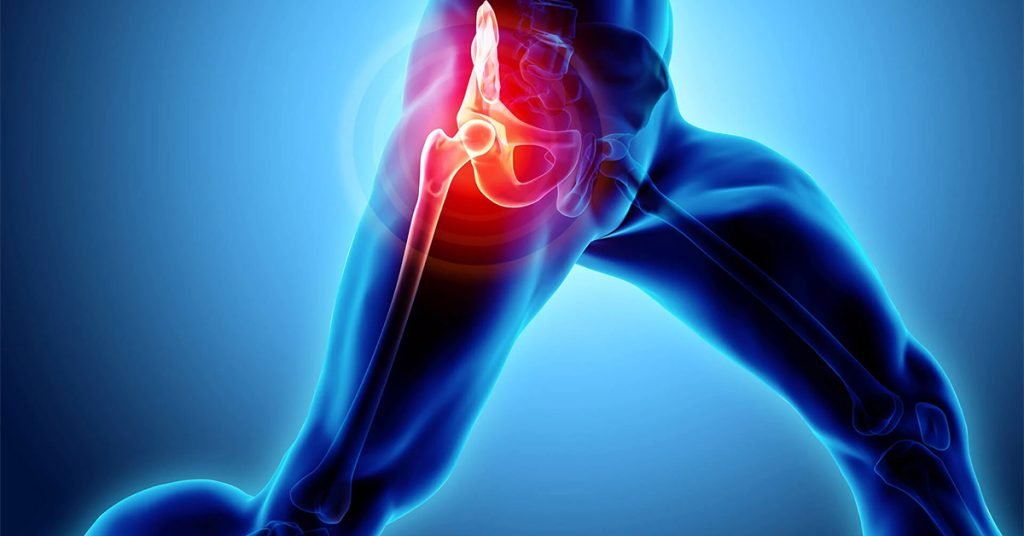Exosome treatment for avascular necrosis offers a promising, non-surgical solution by harnessing the body’s natural healing signals. These nano-sized vesicles reduce inflammation, promote blood vessel growth, and support bone regeneration. Ideal for early to moderate stages of AVN, exosome therapy may slow disease progression and improve mobility with minimal downtime—making it an innovative and hopeful option for patients seeking alternatives to joint replacement.
Understanding Avascular Necrosis (AVN)
What Happens During Bone Tissue Death
Avascular necrosis (AVN), sometimes called osteonecrosis, happens when blood supply to a bone is disrupted or severely reduced. Since bone tissue depends on a steady flow of oxygen-rich blood to stay healthy, this interruption causes the bone cells to die. Over time, the affected bone weakens, loses its structure, and can eventually collapse.
What makes AVN especially challenging is that it often affects weight-bearing joints like the hip, making everyday activities painful and difficult. Without timely intervention, it can significantly impact mobility and quality of life.
Common Causes and Risk Factors
AVN isn’t always predictable, but several well-known risk factors increase the chances of developing it:
-
Injury or trauma: A broken bone or joint dislocation can damage nearby blood vessels, cutting off circulation to the bone.
-
Steroid use: Long-term or high-dose corticosteroid use has been strongly linked to AVN, although the exact mechanism is still being studied.
-
Excessive alcohol intake: Heavy alcohol use can interfere with fat metabolism, leading to fatty deposits in blood vessels and reduced blood flow to bones.
-
Medical conditions: Diseases like sickle cell anemia, lupus, Gaucher disease, and HIV can raise AVN risk by affecting circulation or causing inflammation.
-
Radiation or chemotherapy: These cancer treatments can damage bone tissue and blood vessels over time.
Interestingly, in many cases—up to 25% or more—the cause remains unknown. This is referred to as “idiopathic” AVN.
Stages and Progression of AVN
AVN doesn’t develop overnight. It progresses gradually, often without noticeable symptoms in the beginning. Doctors typically classify AVN using staging systems based on imaging findings (like MRI or X-rays) and bone damage severity.
Here’s a general breakdown:
-
Stage 1: No visible changes on X-rays, but MRI may show early signs of reduced blood flow.
-
Stage 2: Small cracks or lesions form in the bone, but no collapse has occurred yet.
-
Stage 3: Structural collapse begins, often causing pain and decreased range of motion.
-
Stage 4: The joint surface becomes irregular, and secondary arthritis may develop.
The sooner AVN is diagnosed, the more options patients have to stop or reverse the damage—especially with emerging regenerative therapies like exosomes.

